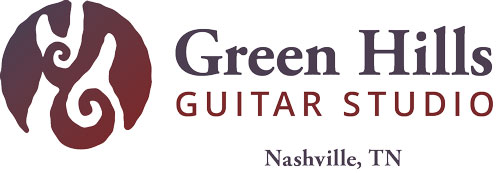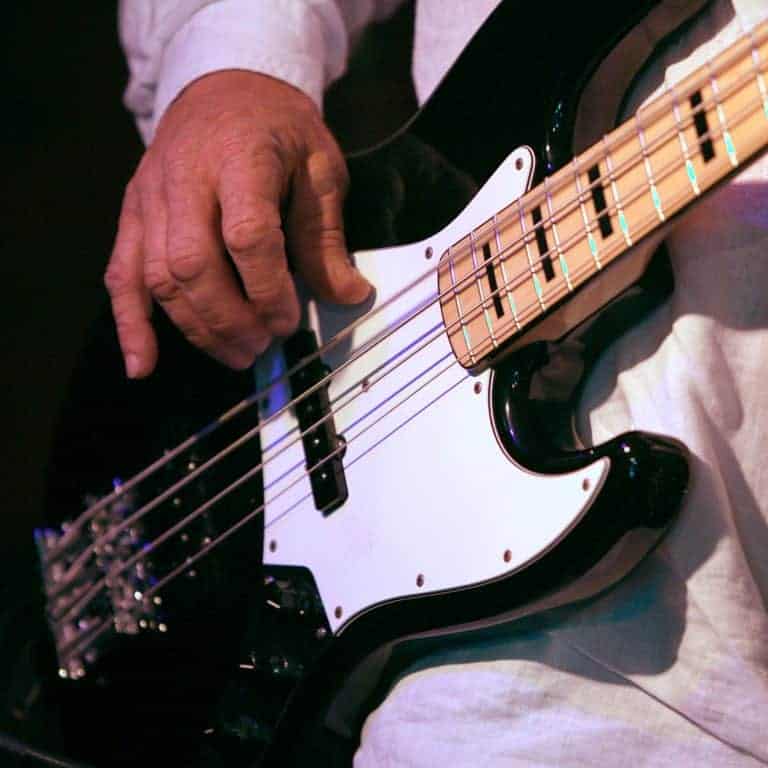Learning Upright Bass: A Guide for Beginners
Are you a seasoned electric bassist ready to dive into the realm of learning the upright bass? Maybe you’re a guitarist who’s explored electric bass but is now feeling a bit lost when it comes to starting with the upright version. This guide is tailored to assist guitarists or electric bass players in transitioning to the upright bass. Let’s get started!
1. Instrument Setup: Lay the Foundation for Success
Many beginners find themselves grappling with learning the upright bass in a state of near disrepair, equipped with ancient strings and misaligned elements. After buying an upright bass, prioritize a well-maintained instrument by seeking the assistance of a local bass technician. A properly set-up instrument significantly eases the learning process and enhances your playing experience.
2. Finding Your Stance: Standing Tall for Better Sound
While the upright bass can be played sitting on a stool, standing is recommended to extract the best sound and maintain proper posture. Consider the following guidelines for finding the ideal stance:
- Endpin Height: Set the endpin to bring the nut to the height of your eyebrow.
- Bass Positioning: Lean the bass into your body to avoid straining your hands.
- Foot Placement: Keep your feet shoulder-width apart with even weight distribution.
- Bending Technique: When reaching higher notes, avoid slouching; bend at the waist and engage your core.
3. Mastering the Hand Frame: Navigating the Spacious Fretboard
Playing the upright bass reveals a unique challenge – the notes are farther apart than on an electric bass. To address this, adopt a three-finger approach reminiscent of a ninja turtle. Omitting the third finger, use the first, second, and fourth fingers for adjacent chromatic notes.
Focus on developing a 3-finger hand frame with these key tips:
- Wrist Position: Strive for a straight wrist, imagining a line from the left elbow to the beginning of finger curvature.
- Finger Arc: Maintain an arced finger position, preventing the knuckles nearest to the fingertips from collapsing backward.
4. Choosing the Right Strings: Enhancing Your Sound
When deciding on the strings for your upright bass, take the time to explore the varied options available. You can delve into steel, gut, or synthetic strings, each imparting its unique character to your playing. Understand how these different materials influence the overall tone and playability of your instrument.
5. Basic Upright Bass Techniques: Building a Strong Foundation
Begin with essential techniques like finger plucking, bowing, and the pizzicato technique. Engage in purposeful exercises designed to enhance your control over the instrument. As you navigate these techniques, be attentive to the distinctions from your experience with electric bass.
6. Navigating the Fretless Fingerboard: Developing Intonation
Playing the upright bass without frets requires a heightened focus on precision and intonation. Develop your ear’s ability to recognize pitch, a crucial skill for accurate finger placement on the expansive fretless fingerboard. Incorporate purposeful exercises into your practice routine to enhance your ability to hit the right notes consistently. Maintain steady finger pressure to achieve the desired tonal quality and delve into the role of muscle memory in achieving precise intonation.
7. Building a Practice Routine: Consistency is Key
Forge a path to proficiency by crafting a purposeful practice routine tailored to your upright bass learning. Incorporate scales, arpeggios, and a diverse selection of songs into your daily practice to cover a broad range of techniques and musical expressions. Whether you’re a novice or an aspiring virtuoso, a well-structured practice routine becomes the cornerstone of your journey toward mastering the nuances of the upright bass.
The Coda: Take Private Bass Lessons for Accelerated Progress
Consider taking private lessons to accelerate your learning curve. Seek out a local bassist or, if you’re in the Nashville area, explore bass lessons at Green Hills Guitar Studio. Personalized guidance can significantly enhance your skills and confidence as you navigate the intricacies of the upright bass.



